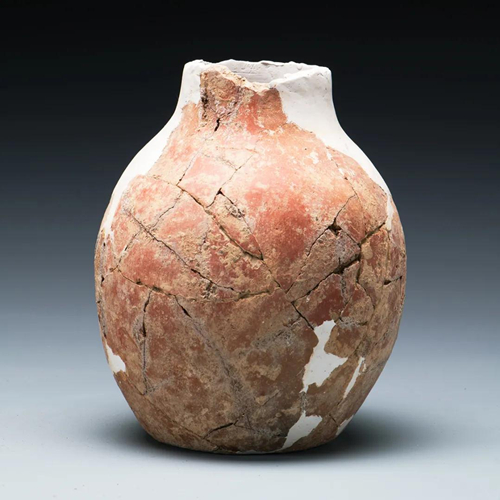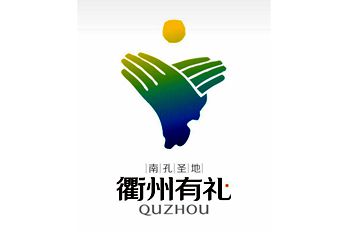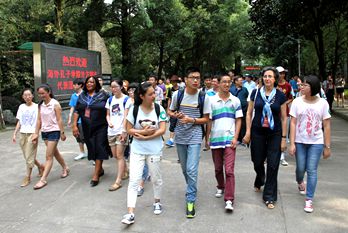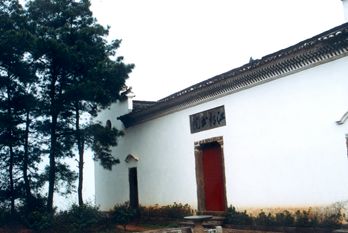25 Quzhou Neolithic relics on exhibition in Beijing

A piece of pottery discovered in the Hehuashan site, Quzhou's Longyou county. [Photo/WeChat account: quzhoufb]
An exhibition featuring Shangshan Culture archaeological discoveries in East China's Zhejiang province opened at the National Museum in Beijing on Nov 21.
Among the exhibits are 25 relics including pottery objects unearthed from the Hehuashan site and Qingdui site in Quzhou's Longyou county.
The two sites belong to the Shangshan Culture, a Neolithic culture that originated in the lower reaches of the Yangtze River, China's longest waterway.
Located in Shaojia village, Huzhen town, Longyu county, the Hehuashan site's history can date back to 9,000 to 10,000 year ago.
The rice remains found in the Hehuashan site, which is 2,000 years older than the Hemudu site in Yuyao, Zhejiang province, is the earliest rice cultivated by human beings that has been found to date.
The exhibition is slated to run until Jan 21, 2022.

 City brand logo - fist-and-palm salute
City brand logo - fist-and-palm salute Confucianism on campus
Confucianism on campus The culture of the academy
The culture of the academy